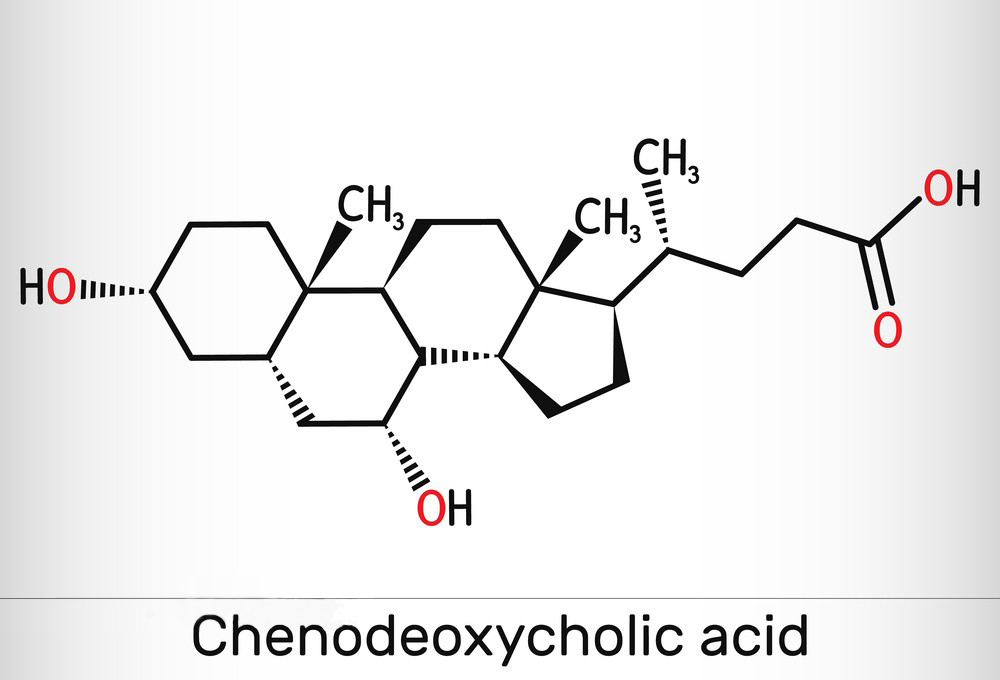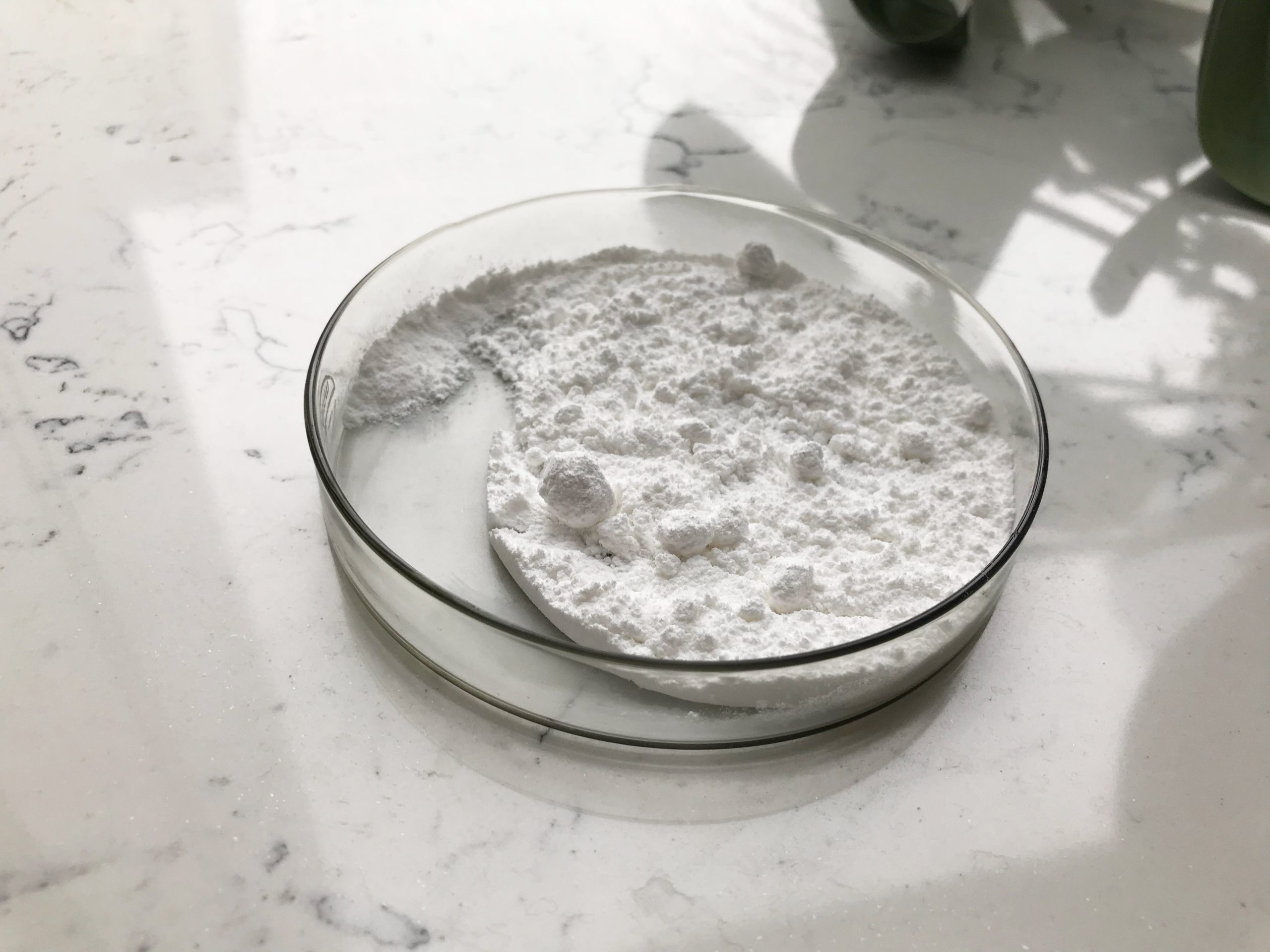TUDCA(Tauroursodeoxycholic acid) is a bile acid derivative that has been studied for its potential therapeutic benefits, particularly in the context of liver and digestive health. It is a taurine conjugate of ursodeoxycholic acid (UDCA). Here is some information about its chemical structure and physical properties:
Chemical Structure of TUDCA:
TUDCA has the following chemical structure:
Chemical Formula: C26H45NO6S
Molecular Weight: Approximately 499.7 g/mol
The chemical structure of TUDCA consists of a steroid backbone, similar to other bile acids, with various functional groups. The addition of the taurine group to ursodeoxycholic acid imparts some unique properties to TUDCA.
Physical Properties of TUDCA:
TUDCA is a white to off-white, crystalline powder at room temperature. It has several notable physical properties.
Melting Point: The melting point of TUDCA is around 183-187 °C.
Solubility: TUDCA is sparingly soluble in water but can be dissolved in organic solvents like ethanol, methanol, and dimethyl sulfoxide (DMSO).
pKa: The pKa (acid dissociation constant) of the carboxylic acid functional groups in TUDCA is approximately 3.6 and 7.0.
Stability: TUDCA is relatively stable under normal storage conditions, but like many compounds, it can degrade over time or under specific environmental conditions.
Hydrophilic Properties: TUDCA’s taurine conjugate makes it more hydrophilic (water-loving) compared to its parent compound, UDCA. This property can be advantageous for its use in liver and digestive health because it can help to solubilize bile acids and aid in their excretion from the body.

TUDCA has been investigated for its potential therapeutic effects, particularly in the context of liver diseases, cholestasis, and its antioxidant properties. It is available as a dietary supplement and has been used in various research studies. However, it’s important to note that while TUDCA shows promise in some areas, it should be used with caution and under the guidance of a healthcare professional, as individual responses and safety considerations can vary.
TUDCA Processing Process
TUDCA(Tauroursodeoxycholic acid) is a bile acid derivative that has been studied for its potential therapeutic effects, particularly in the context of liver and gastrointestinal health. TUDCA is believed to have protective and anti-inflammatory properties. Here’s an overview of the processing process of TUDCA:
1.Extraction or Synthesis: TUDCA can be obtained through two primary methods:
a. Extraction from Bear Bile: Historically, TUDCA was extracted from the bile of bears, specifically from the Asiatic black bear (Ursus thibetanus). This method is both controversial and impractical due to the ethical concerns surrounding bear bile farming.
b. Chemical Synthesis: A more common and ethical method for obtaining TUDCA is through chemical synthesis. In the lab, chemists can synthesize TUDCA by modifying ursodeoxycholic acid (UDCA), a naturally occurring bile acid. This process typically involves various chemical reactions to introduce a taurine molecule to UDCA.
2.Purification: Regardless of the source (natural or synthesized), TUDCA needs to be purified to remove impurities. This purification process typically involves chromatography or crystallization to isolate high-purity TUDCA.
3.Quality Control: The purity and quality of the TUDCA product are assessed through various analytical techniques, including spectroscopy, chromatography, and mass spectrometry. These tests ensure that the final product is free from contaminants and meets specific quality standards.
4.Formulation: TUDCA can be formulated into various dosage forms, including capsules, tablets, powders, or liquid suspensions, depending on its intended use and market demand.

5.Packaging and Labeling: Once TUDCA is processed and formulated, it is packaged in suitable containers and labeled with information about the product, including dosage instructions, storage recommendations, and safety precautions.
6.Regulatory Compliance: In many countries, TUDCA and related dietary supplements are subject to regulatory oversight. Compliance with regulations ensures that the product is safe and accurately labeled. Regulatory requirements may include obtaining relevant permits, certifications, and adhering to Good Manufacturing Practices (GMP) standards.
It’s important to note that TUDCA is often marketed as a dietary supplement rather than a pharmaceutical drug. As with any supplement, it’s crucial to consult with a healthcare professional before using TUDCA, as its safety and effectiveness can vary, and it may interact with other medications or have contraindications for certain health conditions. Always follow the recommended dosage and usage instructions provided on the product label.
